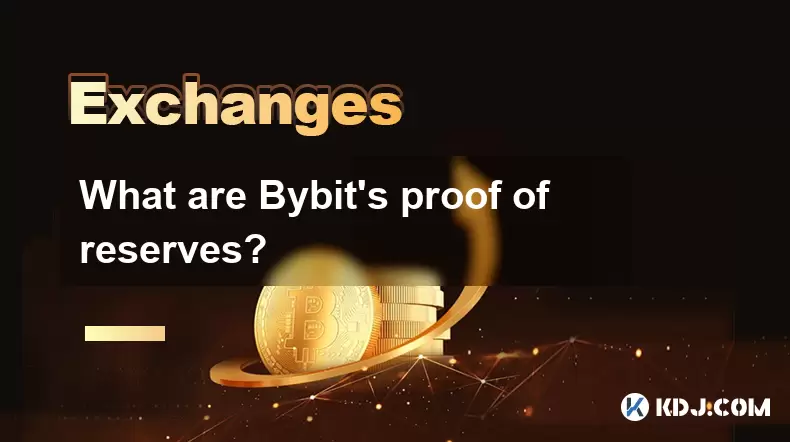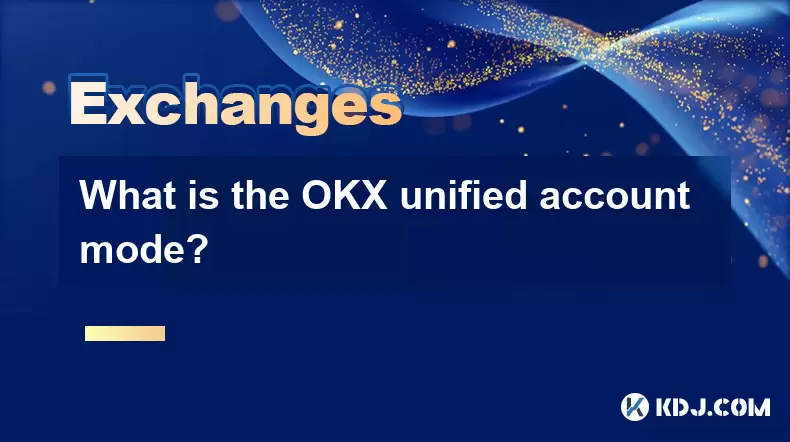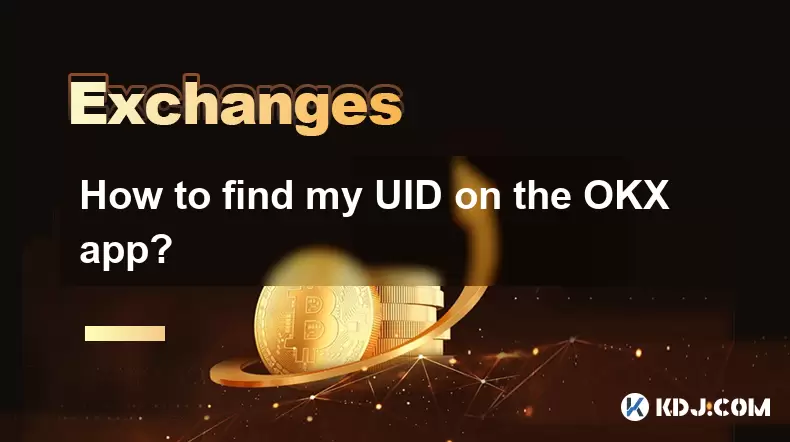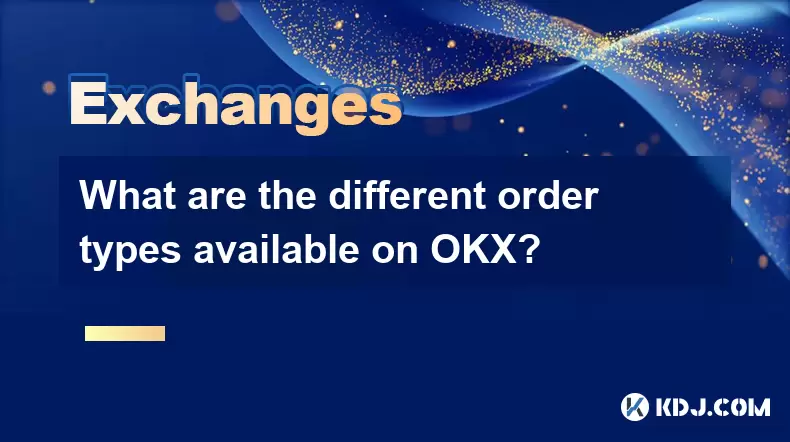-
 Bitcoin
Bitcoin $119,635.3540
2.86% -
 Ethereum
Ethereum $3,359.4174
9.91% -
 XRP
XRP $3.0677
5.99% -
 Tether USDt
Tether USDt $1.0006
0.07% -
 BNB
BNB $710.1234
3.73% -
 Solana
Solana $174.5122
7.97% -
 USDC
USDC $1.0000
0.01% -
 Dogecoin
Dogecoin $0.2103
8.69% -
 TRON
TRON $0.3048
1.62% -
 Cardano
Cardano $0.7690
5.06% -
 Hyperliquid
Hyperliquid $48.2150
1.82% -
 Stellar
Stellar $0.4746
5.90% -
 Sui
Sui $4.0594
1.89% -
 Chainlink
Chainlink $17.0022
7.86% -
 Hedera
Hedera $0.2409
4.54% -
 Bitcoin Cash
Bitcoin Cash $503.9665
3.25% -
 Avalanche
Avalanche $22.7584
6.29% -
 Shiba Inu
Shiba Inu $0.0...01437
6.83% -
 UNUS SED LEO
UNUS SED LEO $8.7879
-2.65% -
 Toncoin
Toncoin $3.1816
5.60% -
 Litecoin
Litecoin $99.6804
5.57% -
 Polkadot
Polkadot $4.2190
5.30% -
 Monero
Monero $331.2116
-1.58% -
 Pepe
Pepe $0.0...01385
11.94% -
 Uniswap
Uniswap $9.2523
2.02% -
 Bitget Token
Bitget Token $4.7003
4.99% -
 Dai
Dai $1.0001
0.01% -
 Ethena USDe
Ethena USDe $1.0007
0.03% -
 Aave
Aave $332.9187
2.84% -
 Bittensor
Bittensor $443.9676
4.09%
What are Bybit's proof of reserves?
Bybit's proof of reserves ensures user funds are fully backed through cryptographic audits, enhancing transparency and trust in its operations.
Jul 09, 2025 at 01:57 pm

What are Bybit's Proof of Reserves?
Bybit, one of the leading cryptocurrency exchanges globally, has taken significant steps to ensure transparency and build trust with its users. Proof of reserves is a mechanism that allows exchanges like Bybit to demonstrate that they hold sufficient assets to cover user balances. This process involves cryptographic verification methods to show that customer funds are backed by real on-chain assets.
The primary goal behind Bybit's proof of reserves initiative is to address concerns about fractional reserve practices, where an exchange might not hold enough liquidity to meet all withdrawal requests. Through this initiative, Bybit publishes periodic audits and cryptographic proofs to assure users that their deposits are fully backed.
How Does Bybit Conduct Its Proof of Reserves?
Bybit collaborates with third-party auditors to carry out its proof of reserves process. The methodology typically includes the following elements:
- Merkle Tree Construction: User balances are hashed into a Merkle tree structure. This ensures privacy while still allowing for individual verification.
- Public Key Disclosure: Bybit reveals the public addresses where it stores user funds. These addresses can be verified on blockchain explorers.
- Cryptographic Audit Reports: Independent auditing firms verify the total assets held by Bybit and cross-check them against the liabilities reflected in user accounts.
This method ensures that the exchange holds at least as much cryptocurrency as the sum of all user balances, thereby proving solvency without revealing sensitive data.
Why Did Bybit Introduce Proof of Reserves?
Following several high-profile exchange collapses in the crypto industry, many users began questioning the solvency of centralized platforms. In response, Bybit introduced proof of reserves to reassure its user base and promote long-term trust.
Transparency became a critical factor for user retention and acquisition, especially after incidents involving other exchanges failing to meet withdrawal demands. By implementing verifiable proof of reserves, Bybit aims to differentiate itself by prioritizing accountability and openness.
Additionally, regulatory scrutiny has increased globally, pushing exchanges to adopt more transparent financial practices. Bybit’s proof of reserves serves as a proactive measure to align with evolving compliance expectations.
How Can Users Verify Their Balances?
Bybit enables users to personally verify whether their account balances are included in the proof of reserves audit. Here’s how the verification process works:
- Access the Verification Tool: Bybit provides a dedicated portal or downloadable tool for users to check if their account is part of the published Merkle tree.
- Enter Account Hash or UID: Users input their unique identifier or hash provided during the audit period.
- Check Inclusion in the Tree: The system will confirm whether the account balance was included in the total snapshot.
- Verify Total Liabilities Match Assets: Users can cross-reference the total asset holdings published by Bybit with the combined user liabilities.
This self-audit capability empowers users to independently validate the accuracy of the proof of reserves report, enhancing trust in the platform.
What Cryptocurrencies Are Included in Bybit's Proof of Reserves?
Bybit initially launched its proof of reserves system with support for major cryptocurrencies such as Bitcoin (BTC), Ethereum (ETH), Tether (USDT), and USD Coin (USDC). Over time, the list of supported assets has expanded based on user demand and trading volume.
Each asset undergoes separate auditing processes due to differences in blockchain protocols and wallet management strategies. For instance, stablecoins like USDT and USDC may require additional checks related to issuer reserves, which are also considered during the overall audit.
Bybit regularly updates its list of supported coins and corresponding audit reports, ensuring that users have visibility into the most commonly traded assets on the platform.
How Frequently Does Bybit Publish Proof of Reserves Reports?
Bybit publishes its proof of reserves reports on a monthly basis. Each report includes:
- A snapshot of user balances at a specific point in time
- The total assets held in cold storage and hot wallets
- The results of the third-party audit
These reports are timestamped and signed cryptographically to prevent tampering. Users can access historical reports through Bybit’s official website or designated verification portals.
In addition to scheduled reports, Bybit occasionally releases unscheduled audits in response to market volatility or specific events that could impact user confidence.
Frequently Asked Questions (FAQ)
Q1: Does Bybit’s proof of reserves guarantee my funds are safe?
A: While proof of reserves confirms that Bybit holds enough assets to cover user balances, it does not eliminate risks such as exchange hacking, operational failures, or regulatory actions. It is one layer of security among others.
Q2: Can I see the actual wallet addresses used by Bybit for storing funds?
A: Yes, Bybit discloses the public blockchain addresses where user funds are stored. These addresses can be viewed on respective blockchain explorers for verification purposes.
Q3: Is proof of reserves the same as full decentralization?
A: No, proof of reserves is a transparency mechanism for centralized exchanges. It does not imply that Bybit operates as a decentralized platform. Users still rely on the exchange’s infrastructure and security measures.
Q4: What should I do if my balance isn’t included in the proof of reserves report?
A: If your account balance does not appear in the audit, contact Bybit’s customer support immediately. Ensure you’re checking the correct snapshot date and using the right verification tool.
Disclaimer:info@kdj.com
The information provided is not trading advice. kdj.com does not assume any responsibility for any investments made based on the information provided in this article. Cryptocurrencies are highly volatile and it is highly recommended that you invest with caution after thorough research!
If you believe that the content used on this website infringes your copyright, please contact us immediately (info@kdj.com) and we will delete it promptly.
- Shytoshi Kusama's AI SHIB Whitepaper: Decoding the Future of Shiba Inu
- 2025-07-17 02:30:12
- SpacePay: Revolutionizing Crypto Payments for a 2025 World
- 2025-07-17 02:30:13
- Bitcoin, Crypto, and Rate Cut Hopes: A Bullish Brew for the Summer?
- 2025-07-17 00:30:12
- Dogecoin vs. Ruvi AI: Why Audited AI Tokens Are the Future
- 2025-07-17 00:50:12
- BlockDAG, No Vesting, Kas ATOM: Crypto Summer's Standout Story?
- 2025-07-17 01:10:13
- Crypto Spotlight: Unilabs Finance Shines Amid Cardano's Uncertainty
- 2025-07-17 00:50:12
Related knowledge

How to buy USDT on OKX with a credit card?
Jul 10,2025 at 01:14pm
What is USDT and why buy it on OKX?USDT (Tether) is one of the most widely used stablecoins in the cryptocurrency market. It is pegged to the value of...

What is the OKX unified account mode?
Jul 09,2025 at 01:07pm
Understanding the OKX Unified Account ModeThe OKX unified account mode is a feature introduced by OKX, one of the leading cryptocurrency exchanges glo...

How to find my UID on the OKX app?
Jul 14,2025 at 08:56pm
Understanding What a UID Is on OKXIn the context of cryptocurrency platforms, a UID (User Identification Number) is a unique identifier assigned to ea...

OKX futures trading tutorial for advanced users
Jul 09,2025 at 07:29am
Understanding OKX Futures Trading InterfaceBefore diving into advanced strategies, it's crucial to have a deep understanding of the OKX futures tradin...

What are the different order types available on OKX?
Jul 08,2025 at 10:15pm
Understanding Order Types on OKXOKX is one of the leading cryptocurrency exchanges globally, offering a wide array of trading tools and order types to...

Is my money safe on OKX during a market crash?
Jul 09,2025 at 01:43pm
Understanding Market Crashes and Cryptocurrency ExchangesDuring a market crash, cryptocurrency prices plummet rapidly, often causing panic among trade...

How to buy USDT on OKX with a credit card?
Jul 10,2025 at 01:14pm
What is USDT and why buy it on OKX?USDT (Tether) is one of the most widely used stablecoins in the cryptocurrency market. It is pegged to the value of...

What is the OKX unified account mode?
Jul 09,2025 at 01:07pm
Understanding the OKX Unified Account ModeThe OKX unified account mode is a feature introduced by OKX, one of the leading cryptocurrency exchanges glo...

How to find my UID on the OKX app?
Jul 14,2025 at 08:56pm
Understanding What a UID Is on OKXIn the context of cryptocurrency platforms, a UID (User Identification Number) is a unique identifier assigned to ea...

OKX futures trading tutorial for advanced users
Jul 09,2025 at 07:29am
Understanding OKX Futures Trading InterfaceBefore diving into advanced strategies, it's crucial to have a deep understanding of the OKX futures tradin...

What are the different order types available on OKX?
Jul 08,2025 at 10:15pm
Understanding Order Types on OKXOKX is one of the leading cryptocurrency exchanges globally, offering a wide array of trading tools and order types to...

Is my money safe on OKX during a market crash?
Jul 09,2025 at 01:43pm
Understanding Market Crashes and Cryptocurrency ExchangesDuring a market crash, cryptocurrency prices plummet rapidly, often causing panic among trade...
See all articles
























































































